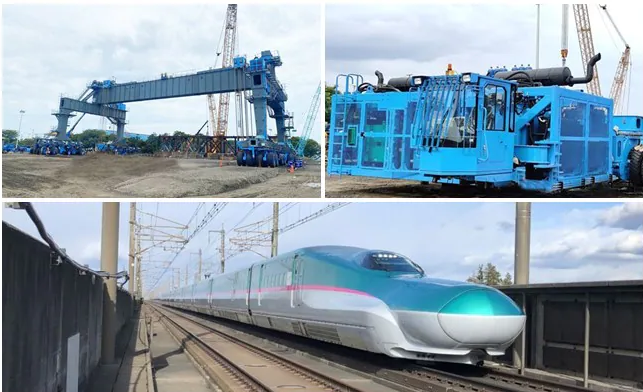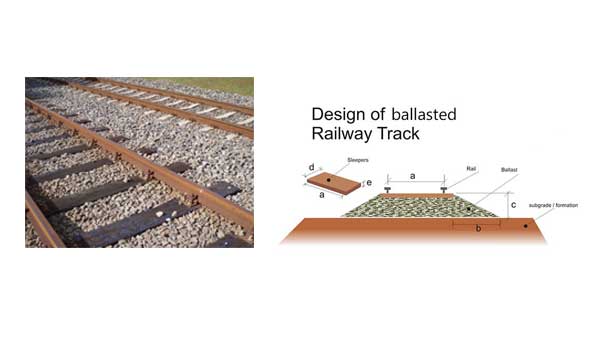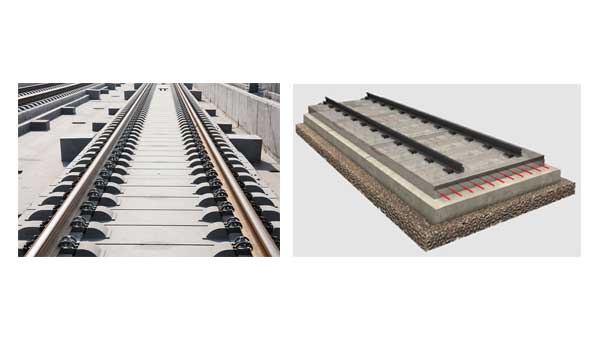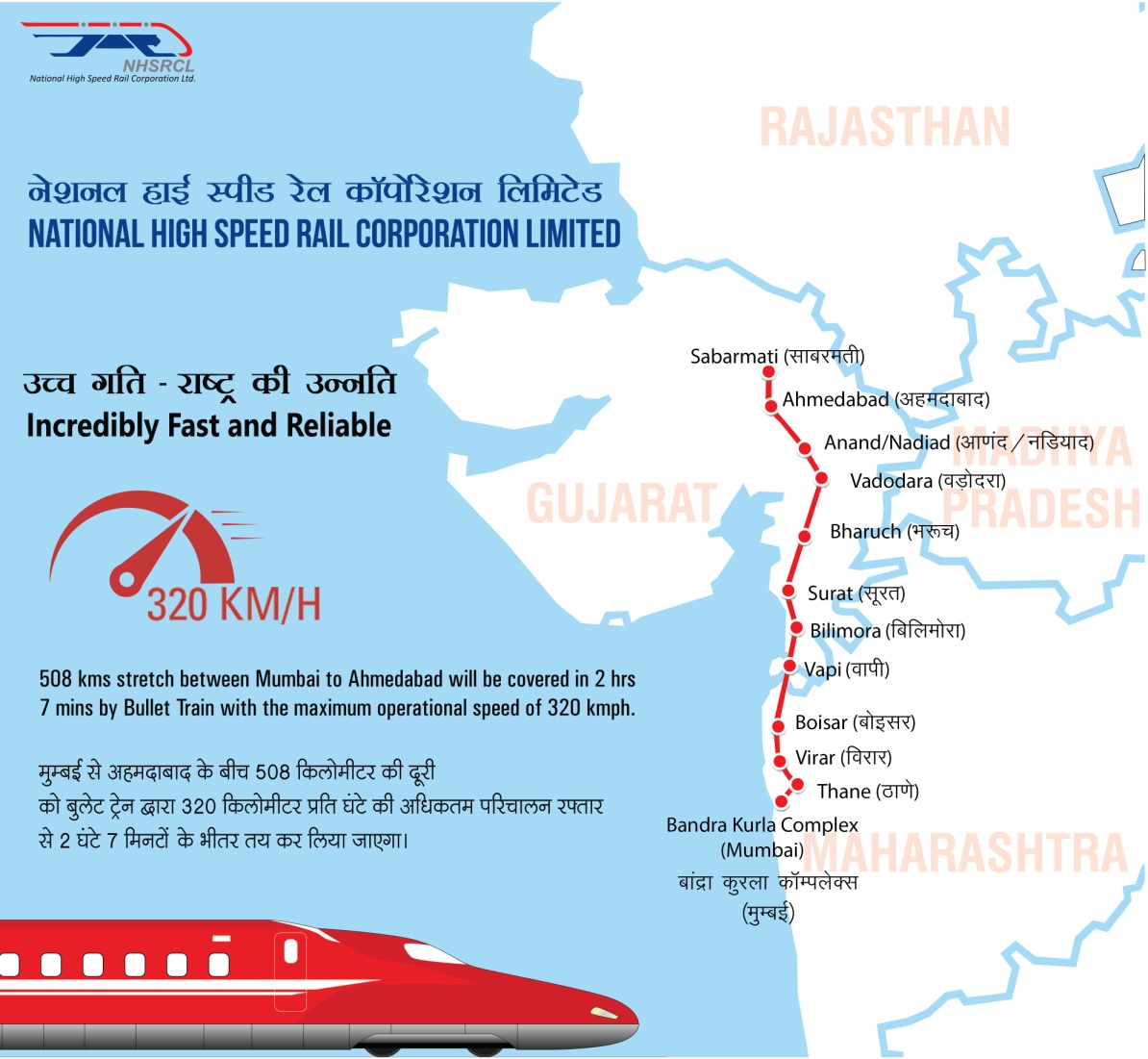Free Courses Sale ends Soon, Get It Now


Free Courses Sale ends Soon, Get It Now



Disclaimer: Copyright infringement not intended.
Context
MAHSR Corridor
Details
Track Technology (Ballasted Vs Non Ballasted)

Traditional ballasted track
Advantages:
Disadvantages:
Non-Ballasted Track

|
Concrete Slab Track Technology (A type of Non-Ballasted Track) Slab track is one of the most important types of non-ballast track structure. Slab Track structure also called ballastless track, is a unique feature of Japanese High Speed Railway, popularly known as Shinkansen. The first HSR in Japan i.e. Tokaido Shinkansen began operational in 1964 between Tokyo and Shin-Osaka. |
Advantages:
Disadvantages:
About National High Speed Rail Corporation Limited

Benefits of High-Speed Rail
Social Benefits
Economic benefits
Final Thought
© 2024 iasgyan. All right reserved